When Hamas murdered 1,200 people on October 7, I was in eastern Ukraine, researching a long piece for the Telegraph on how the summer’s counter-offensive had gone. The death toll in Israel’s 9/11 was equivalent to just a week or two’s heavy fighting in the Donbas. Yet immediately it was clear that the massacre 3,000 miles away would mark a new phase in Ukraine’s conflict: no longer would it be the sole international crisis in western leaders’ in-trays.
Until now, one of things that has buoyed morale here is the sense that the world is cheering Ukraine on, and that despite the privations and bloodshed, a glorious Victory Day awaits. Since October 7, the narrative has changed. In America and Europe, funding for the war no longer seems certain, especially if Donald Trump returns to the White House next year. On city streets, the protests denouncing evil colonizers are once again talking about Israel, not Vladimir Putin’s murderous land grab. In Kyiv, President Zelensky is arguing with his generals over a 500,000 mobilization order, while in Moscow, which nearly saw a coup just six months ago, Putin looks back in charge. It’s as if some Kremlin spin-doctor is suddenly writing the script. Most insultingly of all, the counter-offensive is now routinely dismissed as having “failed,” as if Ukraine might as well now forget all about winning.
That is not how the war is talked about in Ukraine — although the counteroffensive itself has never been quite the buzzword that it is in the West. Much as it may obsess armchair generals back home, it’s not always the best topic to raise with the real generals in the field. Ask them how the “big push” is going, and you imply they’ve taking it easy for the last eighteen months. Ask why the counteroffensive hasn’t scored a major breakthrough yet, as Washington officials did within just two weeks of it starting, and you sound not just like a backseat driver, but the irritating kid in the child seat going: “Are we nearly there yet?”
Privately, Kyiv always knew that if Russian forces put up even a basically competent defense (which they have) then this summer’s campaign was never likely to be a more than a start. It would, essentially, be a blood-drenched exercise in field research, allowing Kyiv to try out its new western armor and figure out what worked best. Those tanks will be back in action, though, once the fighting season resumes next spring — backed, this time, by US-donated F16 jets that should finally be operational.
Daniel Ridley, an ex-British soldier who now runs the Trident Defence Initiative, a private training program for Ukrainian troops, argues that the counteroffensive was overhyped by western leaders. They thought fancy NATO kit would change the game overnight — and became crestfallen when some of it was chewed up in Russian minefields.
“To be honest, the counteroffensive only really went on for a few weeks back in the summer,” he says. “It’s partly the West’s fault, they gave the Ukrainians false confidence and western wonder-weapons, but manned by NATO-trained units where 80 percent of the recruits had no combat experience.”
Many Ukrainian soldiers don’t even see the western-donated Leopards and Challengers as being that crucial. Many of the tank crews I met during my recent trip were still in upgraded Soviet-era T64s — the military equivalent of a Trabant. Yet they were content to stick with what they knew well, rather than risk grappling with fancy new kit in the heat of battle. “A tank is just a machine,” a commander with Ukraine’s 93rd Brigade told me outside Bakhmut. ‘What’s important is your skill in using it, not how modern it is.”
They also dispute that the war is at a stalemate. True, in the southern Zaporizhzhia region, the main focus of the summer thrust, the Ukrainian lines have only gained ten miles or so — way short of the fifty miles they need to reach the Sea of Azov and isolate Russian forces in Crimea. But when every yard of turf is defended to the hilt, even that’s an achievement.
Nor are the gains all about land. Russia’s ability to protect Crimea is being steadily eaten away by sea-drone and air attacks on its Black Sea naval fleet, such as the one on December 26 that damaged one of its warships at the port of Feodosiya.
Where Ukraine is weaker than Russia, though, is in the crude metrics of artillery shells and troops. The EU is unlikely to supply more than half of its target of a million shells to Kyiv by next spring, despite pledges to ramp up production. A Ukrainian artillery team operating British howitzers near Bakhmut told me they’d had to stop using them because of a shortage of 105mm shells. And while Russian casualties are horrendous – 120,000 deaths is the rough guess, compared to 70,000 for Ukraine – it hasn’t produced the expected blowback on Putin. The Russian death toll already dwarfs the 15,000 killed during Moscow’s botched occupation of Afghanistan, long cited as the nail in the Soviet Union’s coffin. So far, though, it has sparked no serious social unrest, let alone any challenge to Putin’s rule.
Instead, Putin’s strategy seems to be that Russia should take pride in out-suffering its enemies, just as the Soviet Union did when it lost more than eight million soldiers defeating Hitler. Indeed, the higher the casualties on Moscow’s side, the more Putin may be able to peddle the myth that Russia is re-enacting its second world war glory.
Yet western leaders may be mistaken if they presume that Ukraine can simply be pressured into peace talks. For all that Washington or Brussels tries to bend Mr. Zelensky’s ear, any move to the negotiating table needs sign-off from the Ukrainian public. They have already fought, won and lost far too much to be in a mood for compromise, according to Alina Frolova, deputy chair of Kyiv’s Center for Defense Strategies.
“There is still no readiness to negotiate, as neither the military nor the population are currently willing to back President Zelensky on that,” she told me last week. “It’s not being discussed in serious political circles here, even if people like Trump are talking about it.”
Last week, the EU voted to open membership talks with Kyiv — regarding the offer, perhaps, as an important sweetener if Ukraine is ever to swallow the bitter pill of negotiations with Moscow. But Brussels may want to think carefully about the consequences of admitting Ukraine to the club if much of its population feels humiliated, angry and robbed of rightful victory by a timid West.
Ukraine, after all, will be no small addition to the EU fold. It has nearly 44 million people — more than Poland (38 million) and the size of Romania, the Czech Republic and Hungary combined. In an EU of nearly 500 million, Ukrainians would wield significant voting power, and a certain moral authority too. Nobody will be able to lecture them about “privilege” or EU values, not when they’ve died in droves to protect those values. But just like Europe after World War One, there’ll be a generation who bear the scars of conflict, who could well be a volatile addition to Europe’s political constituencies. Better to usher them in gorged on the fruits of victory rather than embittered by the taste of defeat.
While jostling with Israel for the West’s attention, Ukrainian diplomats may also politely argue that their “existential threat” is rather greater. In recent weeks, Israeli embassies have held private screenings for politicians of the “Hamas Massacre Tapes,” a horror movie compiled of clips from dead Hamas fighters’ bodycams and victims’ phones. I watched it myself while reporting in Israel last month, and believe me, it’s hideous. But October 7 was essentially a cross-border incursion by a terrorist group. Ukraine’s was very much an invasion.
Finally, lest Ukraine now seem like yesterday’s news, cast your mind back to those scary early weeks of the invasion, when defeat seemed a foregone conclusion. In fact, it was barely seventy-two hours before it became clear that Kyiv was standing firm, and that Russian forces had bitten off more than they could chew. Had Ukraine’s fate hung in the balance for rather longer, western nations might be less tempted to treat it as another distant war that can quietly be forgotten about. Instead, the talk that the tide is now turning in the conflict seems to elicit not much more than a collective shrug from the western public. Millions of have taken to the streets over Israel-Gaza, on both sides of the debate. Where’s the mass marches for Ukraine, urging governments to stay the course?
In February I may be back in Ukraine again, covering the conflict’s second anniversary, when Zelensky will probably give a press conference. He did one on the anniversary this year, where he was asked how he’d feel if the fighting was still raging a year later. For once, the great orator seemed lost for words. “That’s a drama that I don’t even want to think about,” he said.
Back then, that gloomy scenario did indeed seem unthinkable. The war was still going Ukraine’s way. Hopes were high for the counteroffensive. Now it’s all but a certainty.
This article was originally published on The Spectator’s UK website.



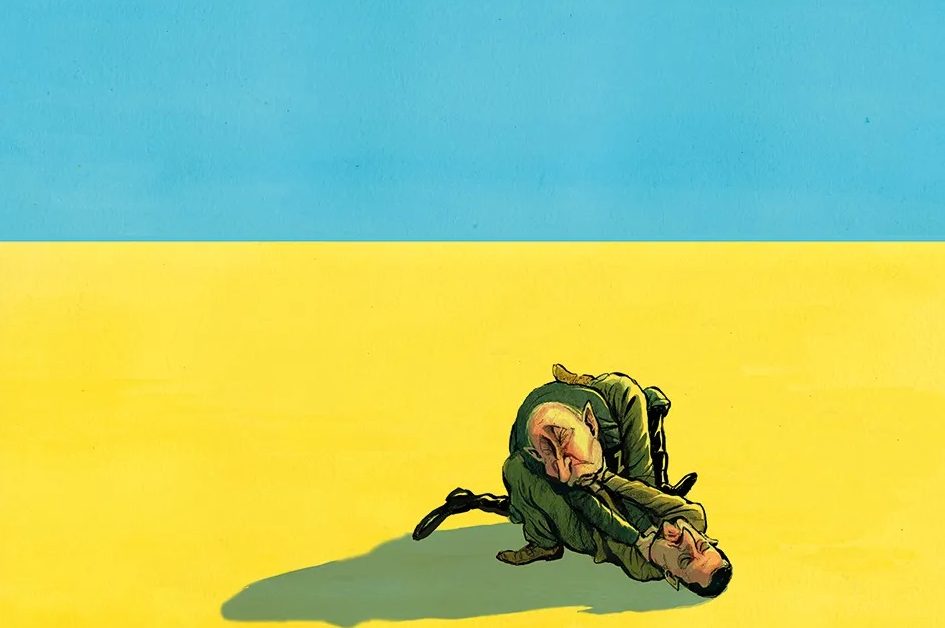






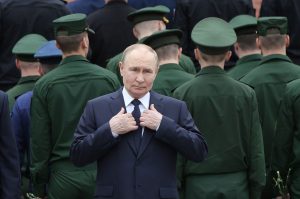

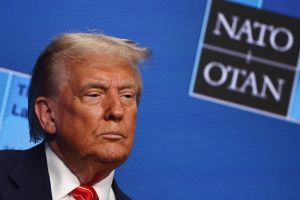


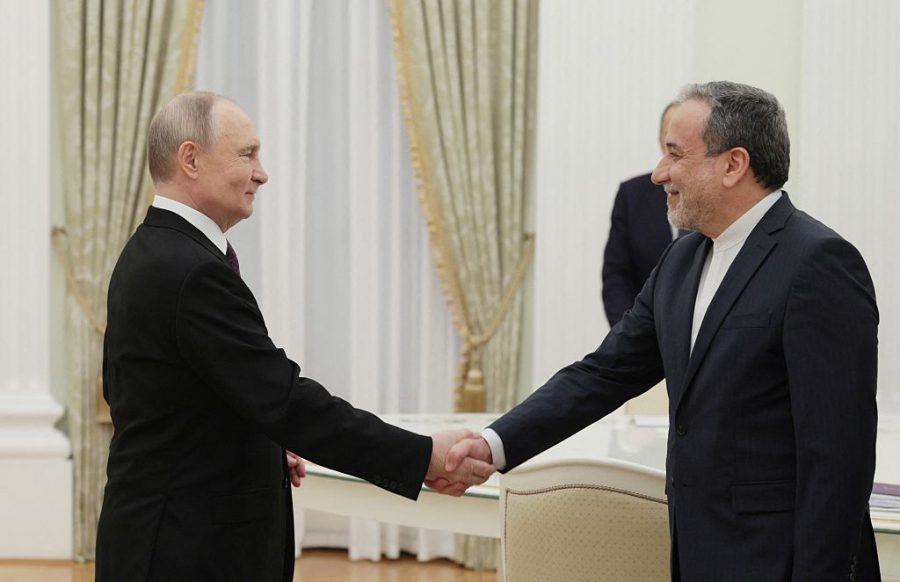

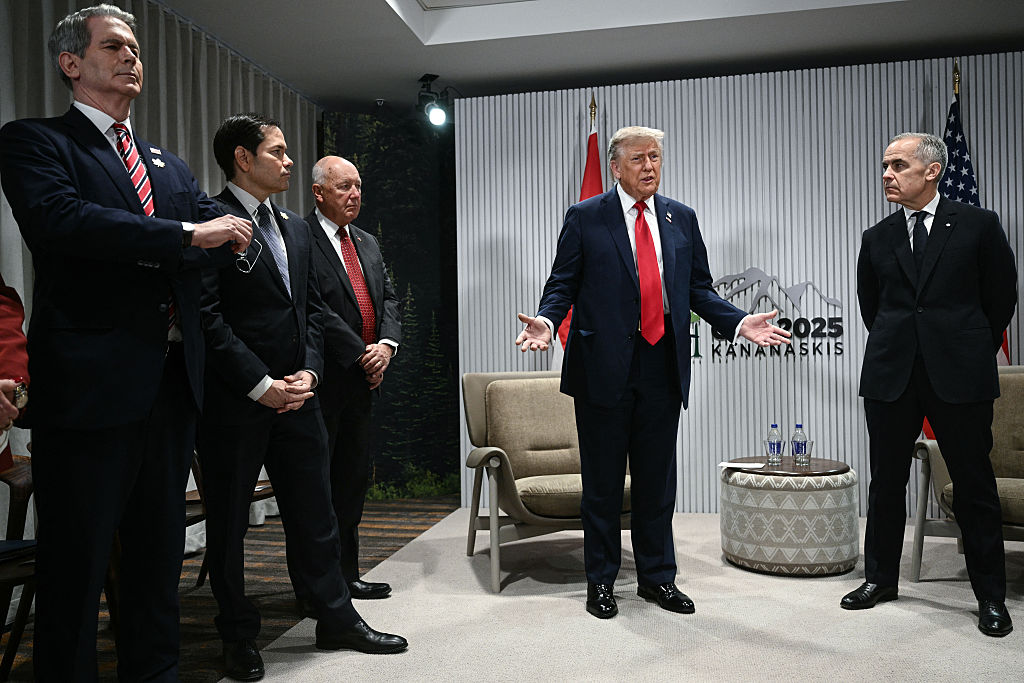
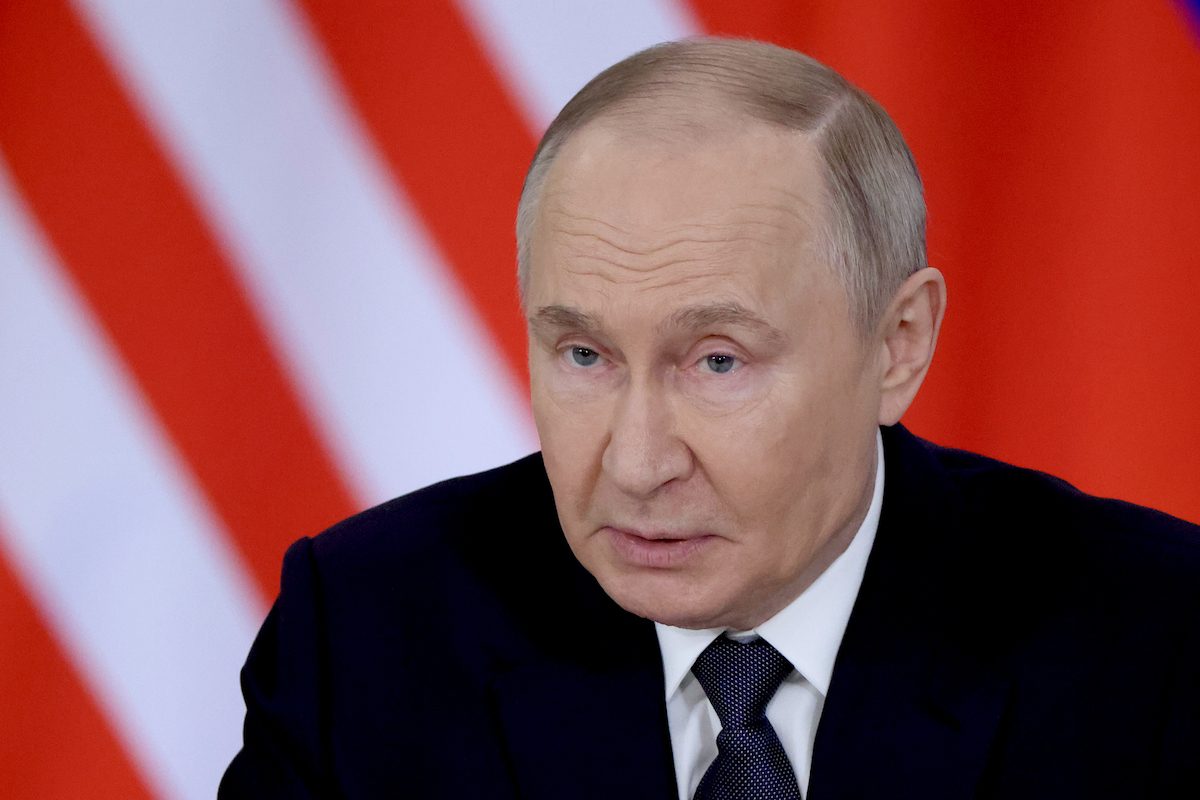







Leave a Reply